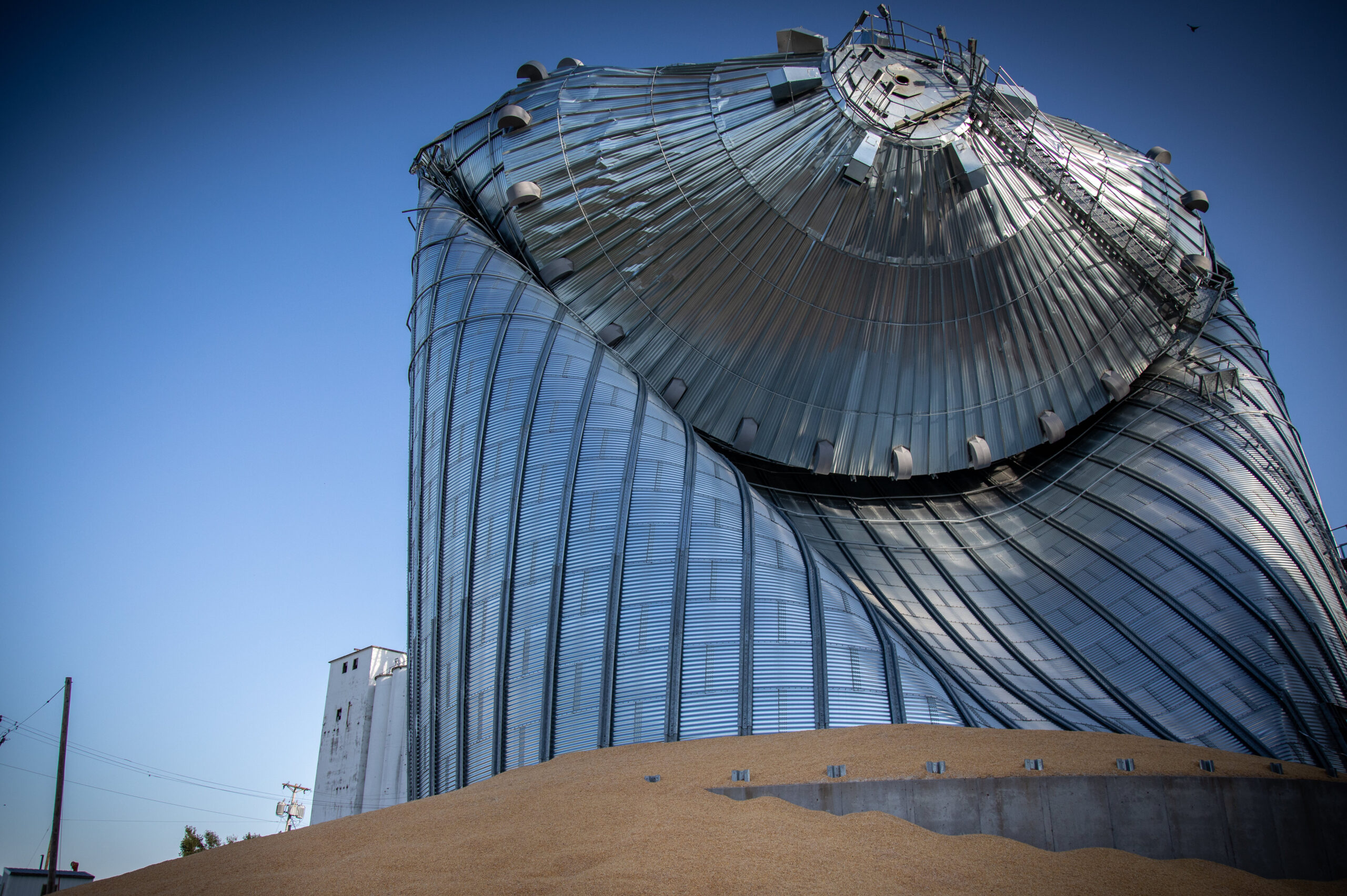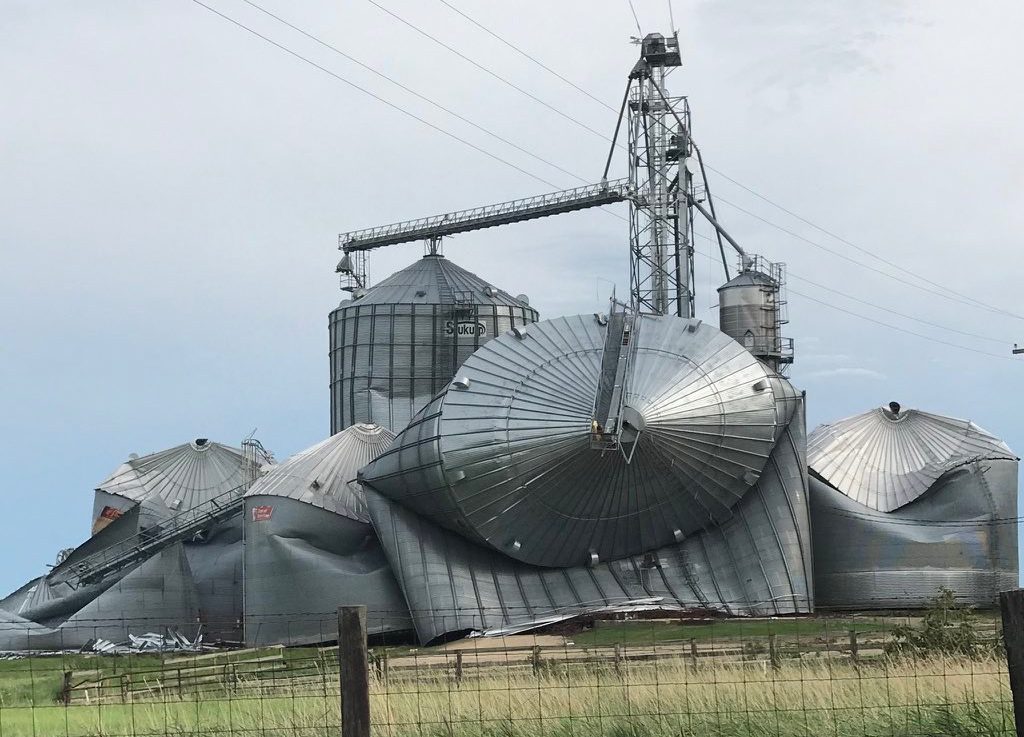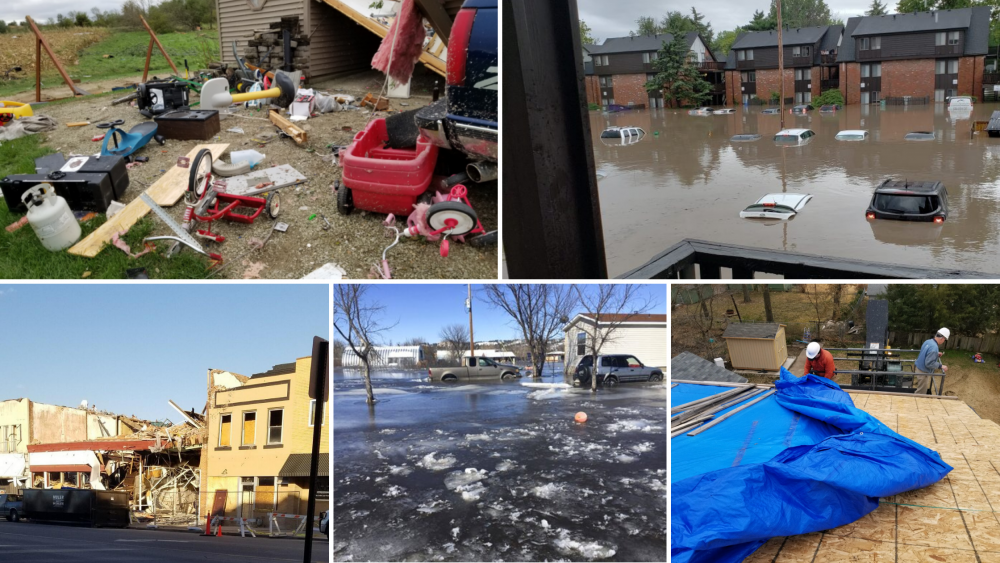Paying attention: What happened after the costliest thunderstorm in US history?
A year ago, I shared my thoughts about how the August 10, 2020 derecho affected communities and recovery challenges in a pandemic. A year has passed, and while recovery is in full swing, there continues to be a need for us to pay attention. Over the last year, Iowa headlines continue to remind me of […]

A year ago, I shared my thoughts about how the August 10, 2020 derecho affected communities and recovery challenges in a pandemic. A year has passed, and while recovery is in full swing, there continues to be a need for us to pay attention.
Over the last year, Iowa headlines continue to remind me of the staggering impacts of this low attention disaster, now named the costliest thunderstorm in U.S. history, with current loss estimates of $11.5 billion.
In the Cedar Rapids Area, the area that sustained the most damage, the statistics are staggering:
- Cedar Rapids lost 669,000 mature trees, about 70% of its urban canopy.
- The storm left at least 4.5 million cubic yards of debris. Stacked 35 feet tall and wide, it would extend a whopping 24 miles.
- 6,000 homes and properties were damaged. As repairs and reconstruction got underway, the city issued 25,000 building permits in fiscal year 2021, more than double the number in a typical year. Many projects to fix or rebuild homes and properties are still waiting. This is because of a pre-disaster affordable housing crisis; damage to and loss of apartments and other housing units typically utilized by low-wage earners; nationwide shortages of construction materials, appliances and furniture; little to no volunteer reconstruction/repair teams from outside the area; and a lack of contractors or skilled labor available to complete projects.
- City buildings suffered $20 million in damages, while the business community reported losses totaling $170 million. About $70 million of that was the result of derecho-related shutdowns or power outages.
Continuing to pay attention
Through the Midwest Early Recovery Fund, CDP has supported four organizations with $180,296 for disaster case management, reconstruction services, child care provider support and mental health services. Millions of federal, state and philanthropic dollars have flowed into Iowa to support rebuilding, but many recovery needs haven’t been met, and additional resources are still needed to meet these needs.
A year ago, we said, “Recovery takes a long time and a lot of resources, but this one and the others that will, unfortunately, occur across our country during this pandemic, will take longer and require more creativity, resourcefulness and community-level commitment than a disaster of the same scope and scale pre-pandemic.” This truth is evident in Cedar Rapids, Iowa, where local organizations and governments are carrying the heavy burden of ensuring every community member has safe, sustainable housing.
Disaster Recovery looks different in 2021 than it ever has before, demanding that we still pay attention.
For more information, visit our Midwest Derecho disaster profile.
More like this

Paying Attention

